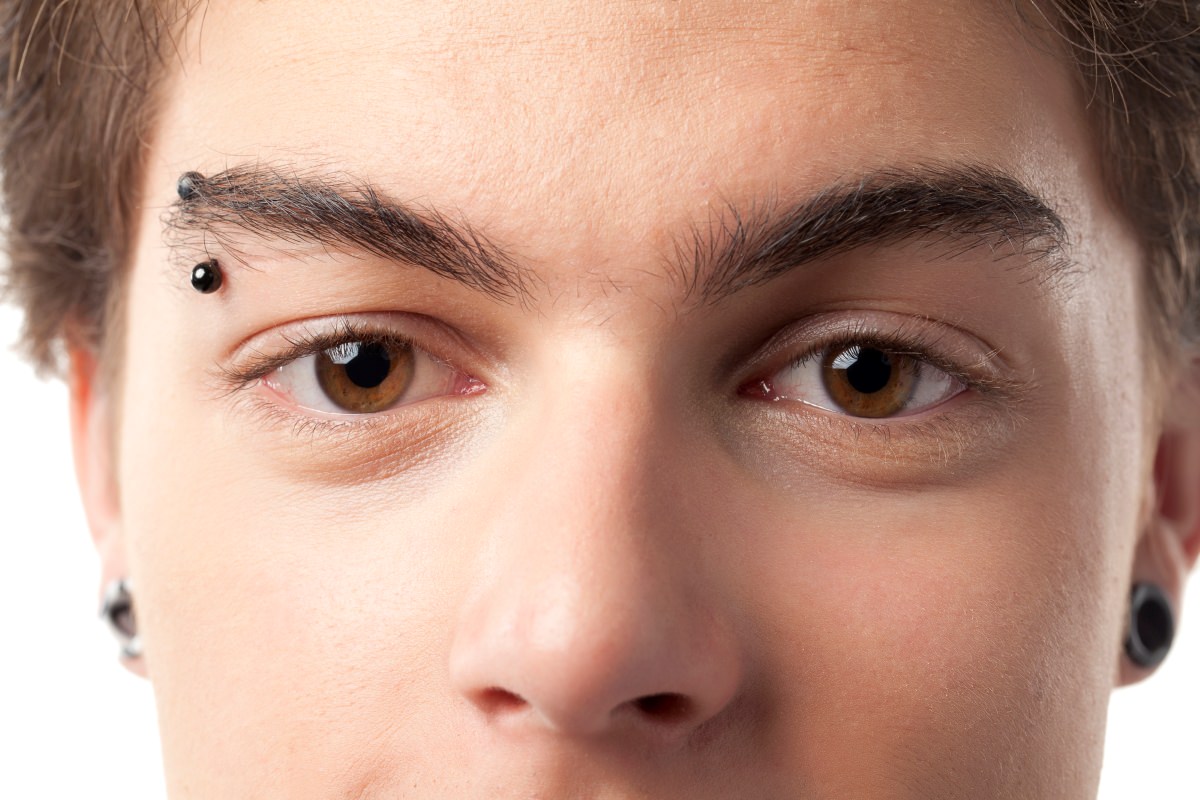Tongue Piercing Dangers: Safe Aftercare & Healing Tips

The allure of a tongue piercing can be irresistible, with its promise of self-expression and edgy style. However, as with any form of body modification, it’s essential to consider the potential risks and dangers associated with tongue piercings. In this comprehensive guide, we’ll delve into the world of tongue piercings, exploring the possible dangers, safe aftercare practices, and healing tips to ensure a smooth and successful experience.
Understanding the Risks: Immediate Dangers
Before we dive into the aftercare and healing process, it’s crucial to acknowledge the immediate dangers associated with tongue piercings. These risks include:
- Infection: The tongue is a warm, moist environment, providing an ideal breeding ground for bacteria. If the piercing equipment is not properly sterilized or if aftercare instructions are not followed, the risk of infection increases.
- Nerve Damage: The tongue contains a complex network of nerves, and improper piercing techniques can cause nerve damage, leading to numbness, tingling, or altered sensation.
- Bleeding and Swelling: The tongue is a highly vascular area, and bleeding or swelling can occur during or after the piercing process.
- Allergic Reactions: Some individuals may be allergic to certain metals used in piercing jewelry, which can cause an allergic reaction, such as contact dermatitis.
Safe Aftercare Practices: Minimizing Risks
To minimize the risks associated with tongue piercings, it’s essential to follow safe aftercare practices. These include:
- Oral Rinse: Rinse your mouth with a saline solution (1⁄4 teaspoon of sea salt in 8 ounces of water) 2-3 times a day to reduce bacteria and promote healing.
- Avoid Irritants: Refrain from consuming hot, spicy, or acidic foods and drinks, as well as tobacco products, which can irritate the piercing site.
- Keep it Clean: Gently clean the piercing site with a mild soap and lukewarm water, avoiding harsh chemicals or abrasive materials.
- Avoid Playing with the Jewelry: Refrain from touching or playing with the piercing jewelry, as this can introduce bacteria and irritate the piercing site.
Healing Tips: Promoting a Smooth Recovery
To promote a smooth and successful healing process, consider the following tips:
- Eat Soft Foods: Stick to a soft food diet for the first few days, avoiding hard, crunchy, or sticky foods that can irritate the piercing site.
- Stay Hydrated: Drink plenty of water to keep your mouth moist and promote healing.
- Avoid Stress: High levels of stress can impede the healing process, so try to manage stress through relaxation techniques, such as deep breathing or meditation.
- Monitor Your Progress: Keep an eye on your piercing site, watching for signs of infection, such as increased redness, swelling, or discharge.
Common Complications: What to Watch Out For
While rare, some common complications can arise during the healing process. These include:
- Keloid Formation: The formation of keloid scars, which can be itchy, painful, and unsightly.
- Hypertrophic Scarring: The formation of raised, red scars that can be tender to the touch.
- Piercing Rejection: The piercing jewelry is pushed out of the skin, often due to improper aftercare or allergic reactions.
Expert Insights: Q&A Session
We spoke with a professional piercer to gain insights into the world of tongue piercings. Here are some expert tips and advice:
- Q: What’s the most common mistake people make when getting a tongue piercing? A: “Not following proper aftercare instructions. It’s essential to keep the piercing site clean and avoid irritants to promote healing.”
- Q: How can I minimize the risk of infection? A: “Make sure to rinse your mouth with a saline solution regularly, and avoid touching the piercing site with your hands.”
- Q: What’s the average healing time for a tongue piercing? A: “The healing process can take anywhere from 4-6 weeks, but it’s essential to be patient and follow aftercare instructions to ensure a smooth recovery.”
Conclusion: Embracing the Journey
Getting a tongue piercing can be a thrilling experience, but it’s essential to approach the process with caution and respect. By understanding the potential dangers, following safe aftercare practices, and promoting a smooth healing process, you can minimize risks and enjoy a successful piercing experience. Remember to stay informed, be patient, and prioritize your health and well-being throughout the journey.
FAQ Section
What’s the best way to clean my tongue piercing?
+Rinse your mouth with a saline solution (1⁄4 teaspoon of sea salt in 8 ounces of water) 2-3 times a day, and gently clean the piercing site with a mild soap and lukewarm water.
How long does it take for a tongue piercing to heal?
+The healing process can take anywhere from 4-6 weeks, but it’s essential to be patient and follow aftercare instructions to ensure a smooth recovery.
Can I smoke after getting a tongue piercing?
+No, it’s recommended to avoid smoking and tobacco products during the healing process, as they can irritate the piercing site and impede healing.